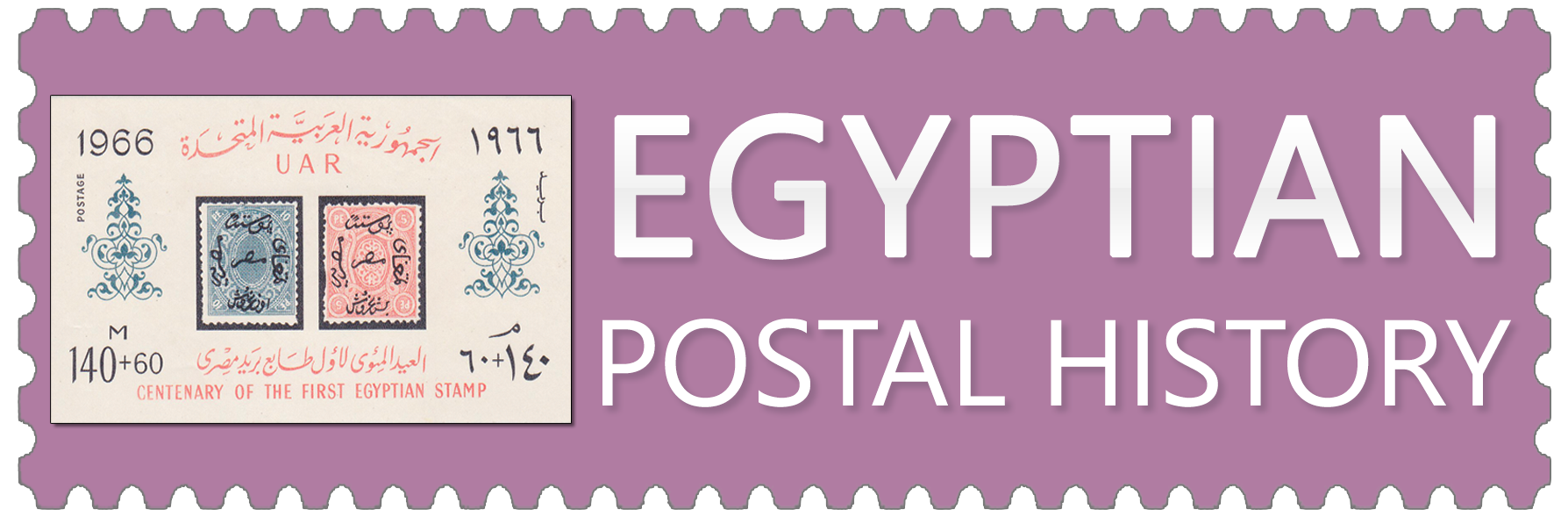Ashmun El-Roman is a village with a long history. Most of its population during the late Pharaonic period belonged to the Hyksos, known as El-Bashamerah, who were defeated by King Ahmose. The village was named after the idol Ashmun, and contained a temple dedicated to the idol. This name remained until the end of the Roman era and before the Islamic conquest.
Yaqut El-Hamawi, the famous geographer, wrote in his book ‘The Countries Dictionary,’ that Ashmun was a great city in the eastern Nile Delta. Its name was Ashmun Tanah, then it retained the Coptic name (Ashmon El-Roman) after the conquest of Egypt by Selim I in 1517.
Ibn Dakmak, the Arab geographer, wrote in one of his books that Ashmun El-Roman was the capital of Dakahlia governorate. It was a beautiful city that contained public baths, markets, great mosques, and hotels. This indicates that it was one of the most flourishing and beautiful cities in Egypt in the past, and thus deserved to be chosen as the capital of Dakahlia governorate.
Ibn Battuta visited Ashmun El-Roman in 703 AH (Islamic calendar) during one of his journeys. He wrote: ‘I have visited the city of Ashmun El-Roman. It is a great big city, located on one of the Nile gulfs. It has a wooden arch that acts as a port. The supreme judge resides there. It was considered the first defensive line of Egypt in the Islamic middle era.’
Ashmun El-Roman and the fifth crusade campaign
During the Ayyubid era, the Islamic army launched their defense of Egypt from Ashmun El-Roman and defeated the fifth crusade campaign that intended to seize Egypt. The Sultan joined the army of his brother in Ashmun, and then ordered the army to build bridges in Ashmun El-Roman to enable the army to cross the Sea of Ashmun and reach Damietta. The crusaders feared the advance of the Islamic army and began to negotiate a safe exit from Damietta.
Ashmun El-Roman and the seventh crusade campaign
The seventh crusade campaign was defeated by the forces from Ashmun El-Roman after a large naval fleet, containing 1,800 ships that carried 80,000 French equipped soldiers, their arms, and horses, navigated from France to Damietta.
The king, however, was ill and could not mount his horse. He nevertheless joined the army and gave orders to mobilize the soldiers and weapons in Damietta. He sent a message to his representative in Cairo, Hosam El-Din Bin Abi Ali, ordering him to prepare the ships. He also sent Prince Fakhri El-Din from Ashmun El-Roman to defend Damietta. The greatest Mamluk seamen also went to Ashmun. Among them were Prince Saif Al-Din Qutuz and Prince Baibars.
While the king was busy planning to fight the crusaders, he was informed that the crusaders had seized Damietta and crossed the Nile. The inhabitants of Damietta left their houses and fled to Ashmun El-Roman. The king died on 23 November 1249 in his castle in Ashmun.
The great Turan Shah and the defeat of the seventh crusade campaign:
Prince Turan Shah, son of the king, quickly arrived in Ashmun from Syria in February 1250, after Queen Shagarat Al-Dur had sent for him. The Egyptian soldiers fought the crusaders on 22 March 1250. King Louis IX then attempted to bargain with Turan Shah due to the intense fighting, exacerbated by the hunger and disease the crusaders were facing. The Egyptian army quickly defeated the crusaders on 6 April 1250, and Louis IX fled to Mit El-Kholy Abd-Allah where he was detained. Louis IX demanded security for himself and his family, so he was moved to a suitable house in Mansoura as a captive. The Egyptian flag fluttered on the ships in Damietta, Ashmun and Mansoura.


